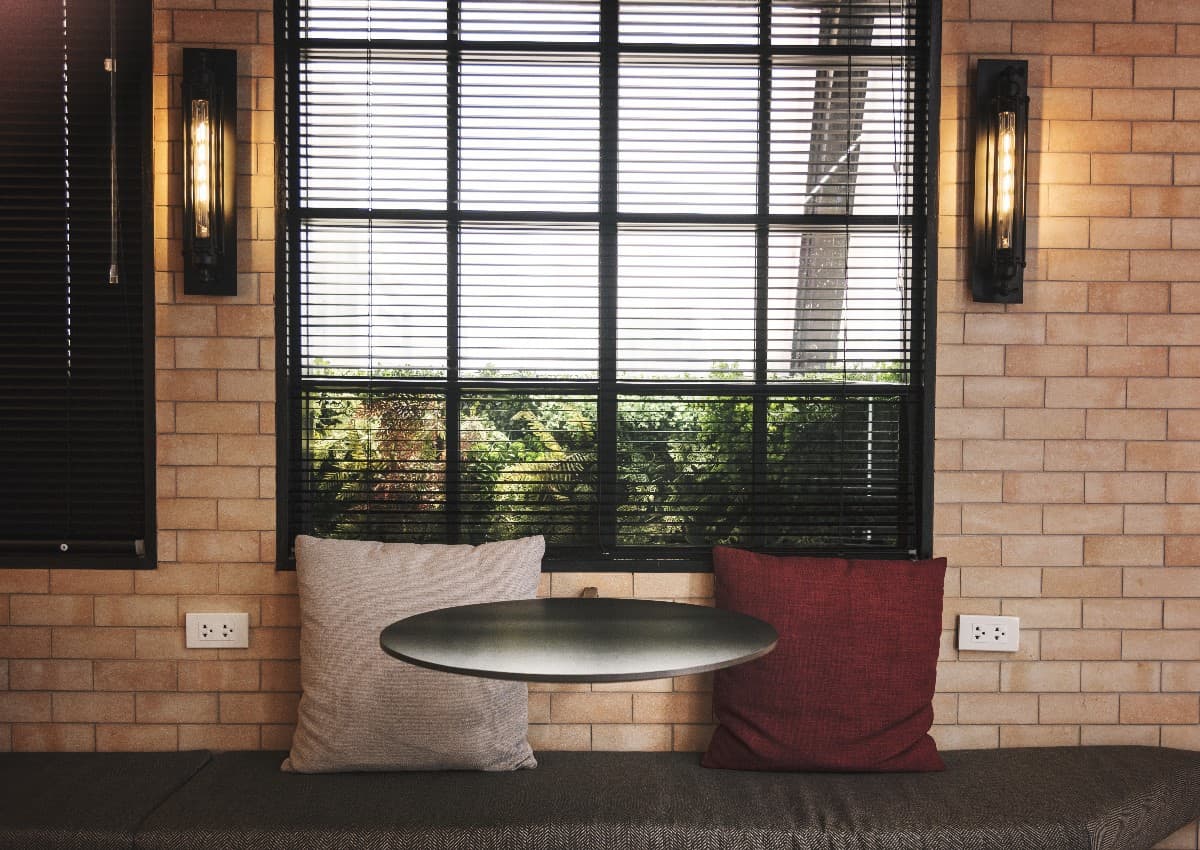
Clinker tiles are more and more frequently used as an interior finishing material. Thanks to them, a room acquires an unusual climate. A kitchen with clinker tiles will give a raw impression – it can be warmed up with wooden cabinets and accessories.
The manufacturing process of clinker tiles is very similar to that of clinker bricks. The tiles are formed mechanically and then fired at a temperature of about 1000°C. The tiles owe their ideal properties to such a high firing temperature.
Clinker tiles are primarily associated with the brick-red color, but other colors are also available – from white, beige, yellow, to graphite gray. The texture of the tiles can be:
According to manufacturers, clinker tiles do not need to be protected. However, many interior decorators recommend additional protection of clinker tiles – this prolongs their durability. This can be done by means of:
Clinker tiles will work in any kitchen, but it is worth protecting them properly. They can “decorate” one of the 3 areas of the kitchen:
Clinker tiles are most often laid in the space between the countertop and upper cabinets and on the entire wall from countertop to ceiling (if there are no upper cabinets). It is very popular to cover an island or the side of a worktop separating a kitchen from a living room with clinker tiles.
Red clinker tiles are very popular recently. Red brick perfectly warms up the interior, emphasizing the rustic style of the kitchen.
White or cream clinker tiles optically enlarge the interior – they perfectly match the Scandinavian style.
Inspirations with clinker tiles in the main role:
Regular cleaning of tiles is very important. In most cases, it is enough to wipe them with a damp cloth and dishwashing liquid. You can find cleaning products for clinker tiles in stores which remove dirt from their surface.
Clinker tiles are an ideal solution for people who want to have an interesting and modern interior. This material will warm up and add charm to any kitchen.